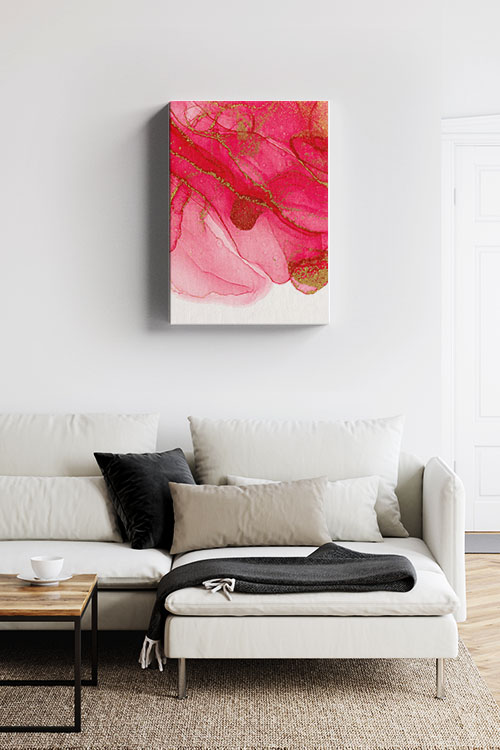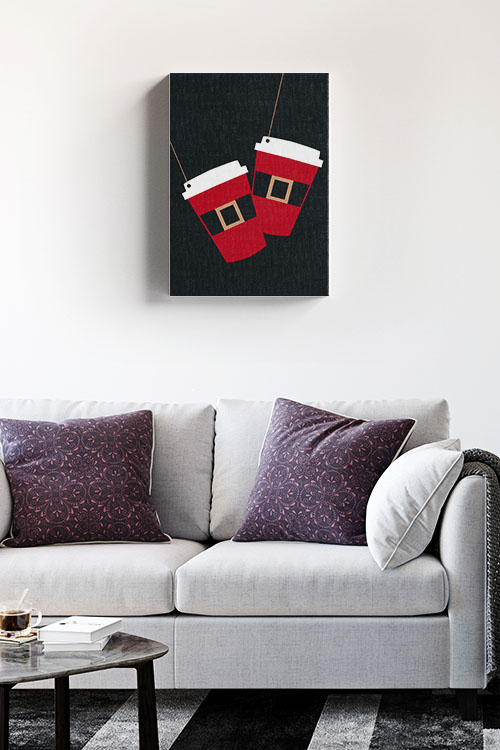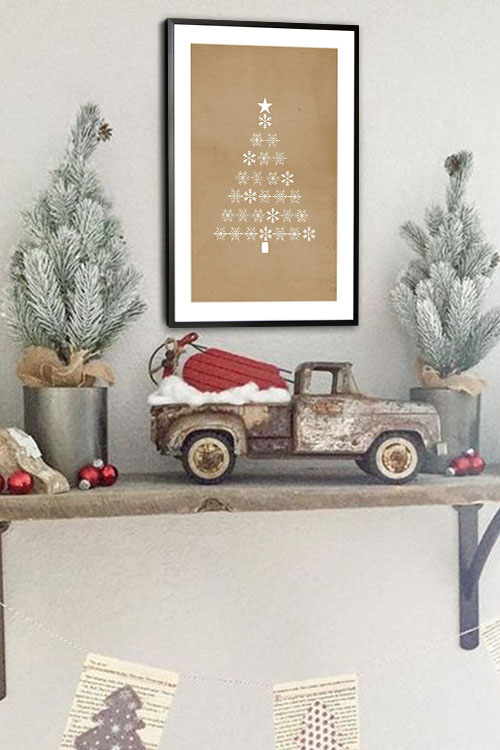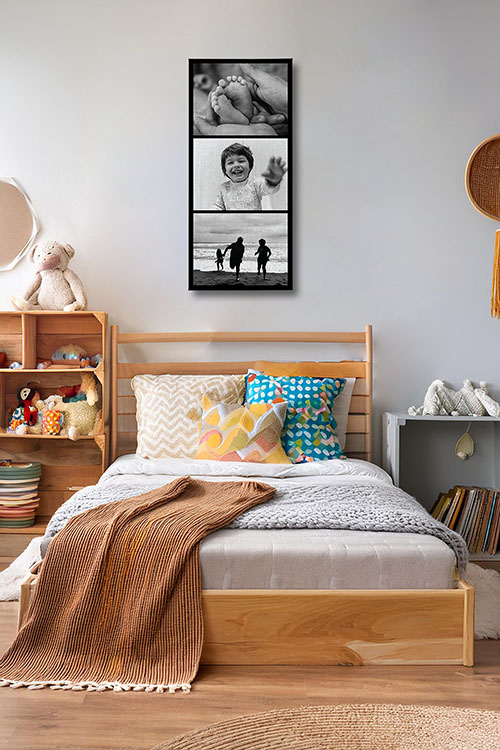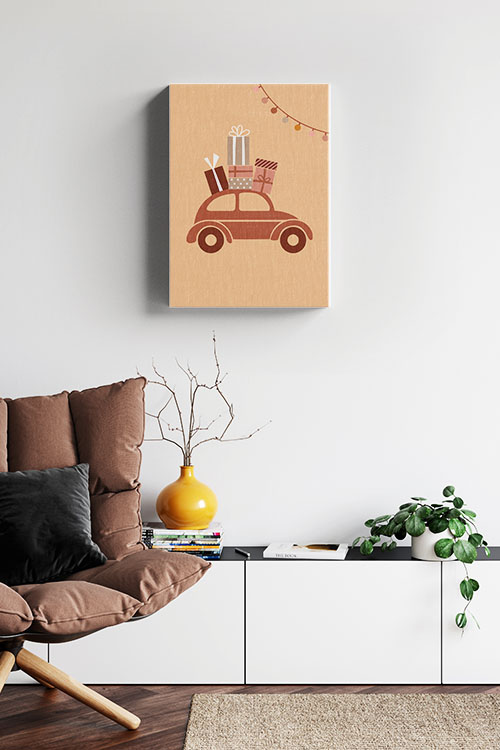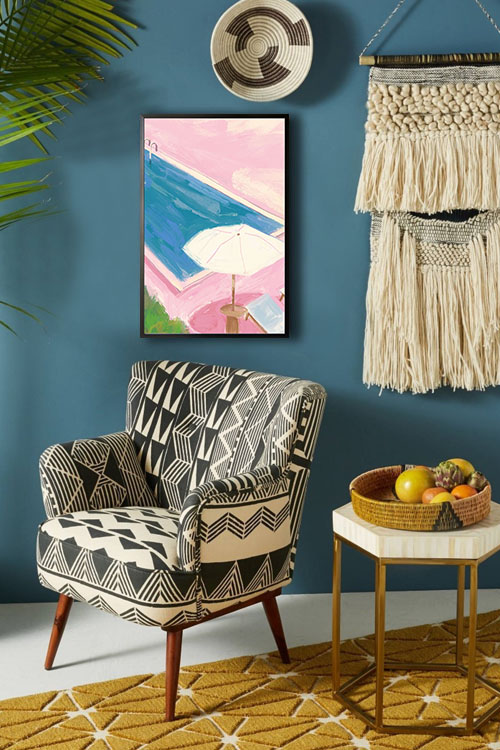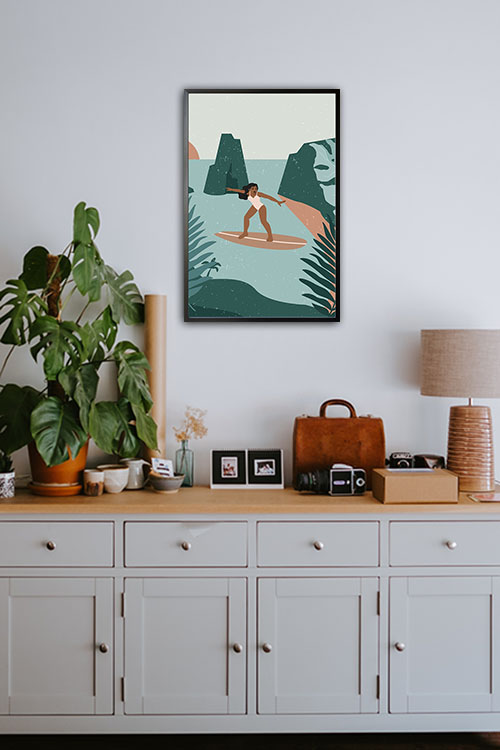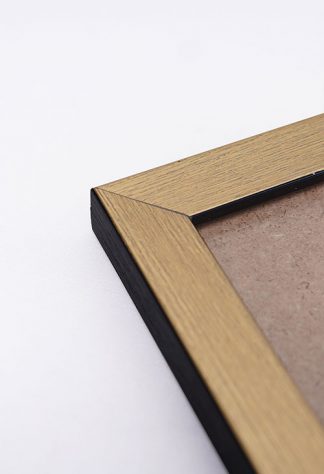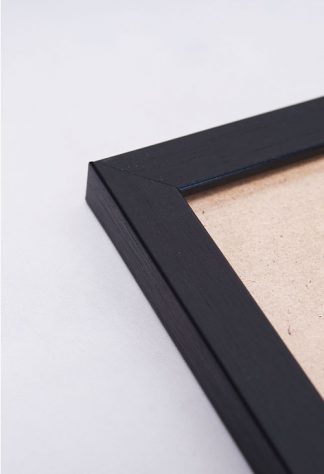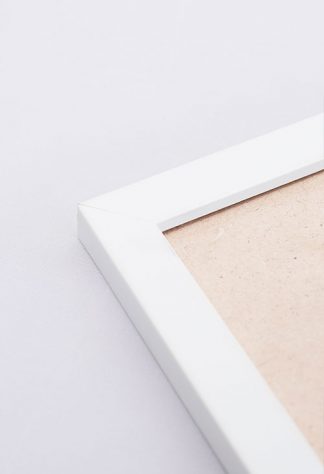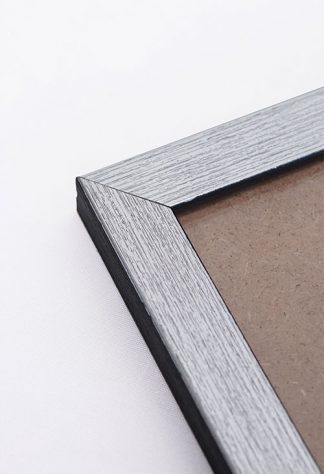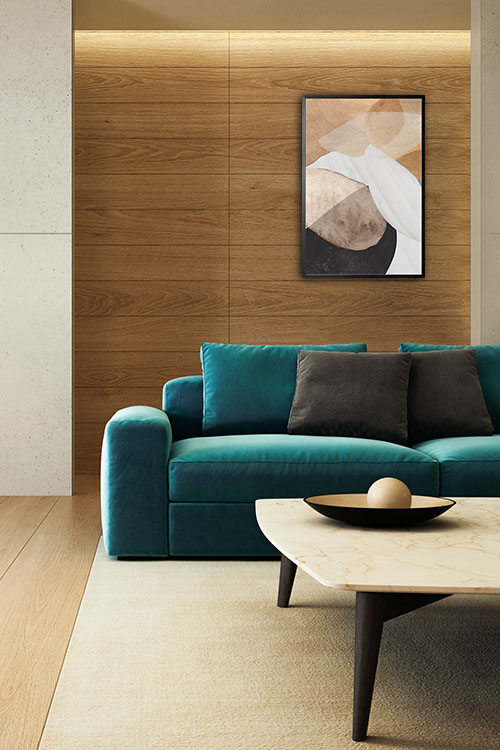
Creating the perfect home is more than choosing the right paint color or furniture; it’s about designing a space that reflects your personality, meets your needs, and promotes comfort and well-being. A perfect home balances aesthetics, functionality, and a welcoming atmosphere. Here are the key steps to achieve this:
1. Define Your Vision
The first step in creating your ideal home is understanding your preferences and lifestyle. Ask yourself:
- What emotions do I want my home to evoke?
- How do I use my space daily?
- What design styles resonate with me?
Whether you favor a minimalist, rustic, or eclectic style, having a clear vision will guide your decisions and keep your design cohesive.
2. Prioritize Functionality
A beautiful home isn’t perfect if it doesn’t function well. Assess your daily habits and choose layouts and furniture that cater to them. For example:
- Invest in a well-equipped kitchen with ample counter space if you love cooking.
- Families with young children may prioritize durable, easy-to-clean surfaces and storage solutions.
- A designated office area with good lighting is essential if you work from home.
The perfect home aligns with how you live, making daily tasks seamless.
3. Choose the Right Colors and Textures
Colors and textures set the mood of your home. Neutral tones like whites, beiges, and grays create a calming environment, while bold colors add energy. Balance is key: use pops of color in artwork, rugs, or pillows to complement neutral backdrops. Textures like wood, stone, or soft textiles add depth and interest to the space.
4. Maximize Natural Light
Natural light enhances any home, making it feel brighter and more inviting. Use sheer curtains, mirrors, or strategically placed furniture to amplify sunlight. If natural light is limited, invest in warm, layered lighting, including ambient, task, and accent lights.
5. Incorporate Personal Touches
A perfect home tells your story. Display family photos, souvenirs, or artwork that resonates with you. Personal touches make your home feel unique and welcoming to guests.
6. Create a Balance Between Comfort and Style
While aesthetics are important, comfort should never be sacrificed. Opt for cozy furniture, plush rugs, and inviting seating areas. A home that looks beautiful but feels cold or uncomfortable will never feel “perfect.” Strike a balance by blending elegant designs with practical, cozy elements.
7. Embrace Sustainability
Sustainability is an essential aspect of modern living. Incorporate eco-friendly materials, energy-efficient appliances, and plants into your home. Not only is this beneficial for the environment, but it also promotes a healthier indoor atmosphere.
8. Organize and Declutter
A clutter-free home feels more serene. Use smart storage solutions like built-in shelves, ottomans with hidden compartments, or modular furniture to keep your space tidy. Regularly declutter to avoid the accumulation of unnecessary items.
9. Focus on Outdoor Spaces
If you have a garden, patio, or balcony, treat it as an extension of your home. Comfortable seating, potted plants, or outdoor lighting can transform these spaces into perfect relaxation zones.
10. Evolve with Time
Finally, remember that the idea of a perfect home evolves. Be open to adapting your space as your needs and tastes change. Regular updates keep your home fresh and aligned with your lifestyle.
By combining thoughtful design, functionality, and personal touches, you can create a home that looks perfect and feels perfect.
